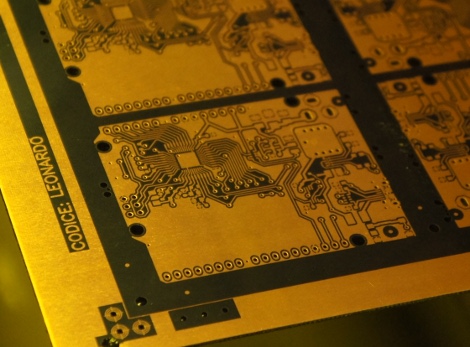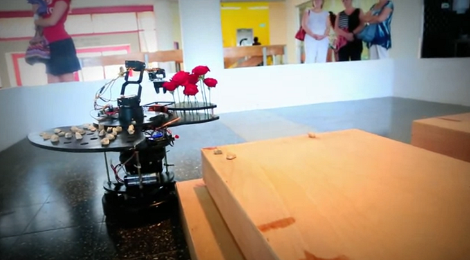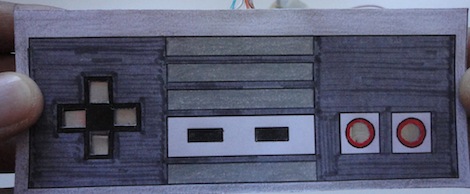
Several weeks ago, I was in Culver City L.A., and happened to find a hackerspace nearby. It was a pleasant coincidence that the night I chose to randomly show up, was their public meeting which focused more on projects people were doing. The place was packed, I was barely able to squeeze in the door and actually stood outside for part of the meeting, just listening to people talk about what they’re making.
One of the projects I did get to see was this bike helmet built by [Naim]. At first I was amused at the idea, but the idea of putting lights and an accelerometer on a helmet wasn’t that groundbreaking. But as [Naim] kept talking, he caught my attention. For one thing, the one he was showing at the hackerspace seemed to have some built in correction for natural head movement. In this video he does look around a bit without false positives. At the hackerspace he explained the way he monitors the motion to avoid natural movements causing the lights to initialize.
The part I was really interested in was his power. He spent tons of time reducing the power consumption on the base arduino. I believe the number he used was 10 years of standby without causing the battery to vent or die. If you pick up the helmet at any point during that time period, it automatically turns itself on based on the accelerometer’s motion. While the bike helmet itself was a fairly cute idea, I was really trying to get him to send me the information on how he’s saving power. I believe he had to cut the traces to the arduino’s native power management. Hopefully we’ll still hear from him on the details.
















